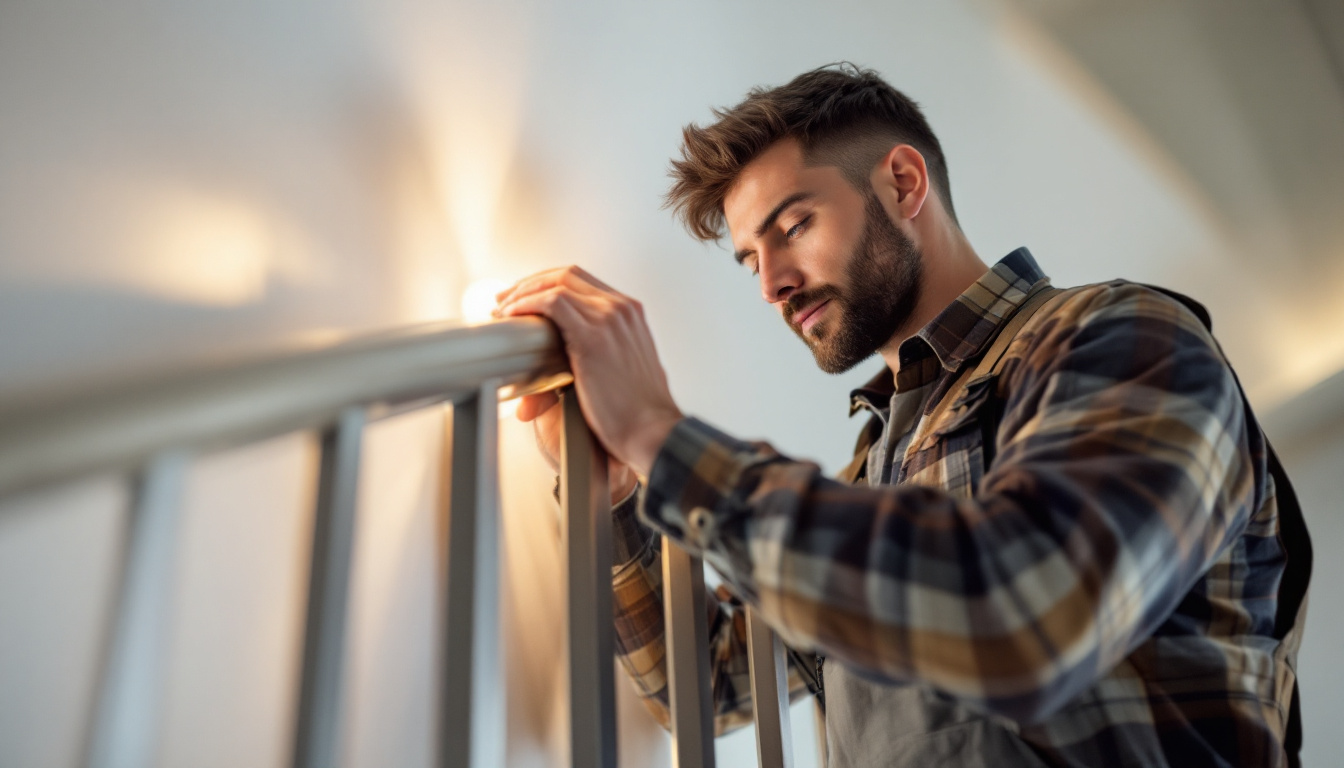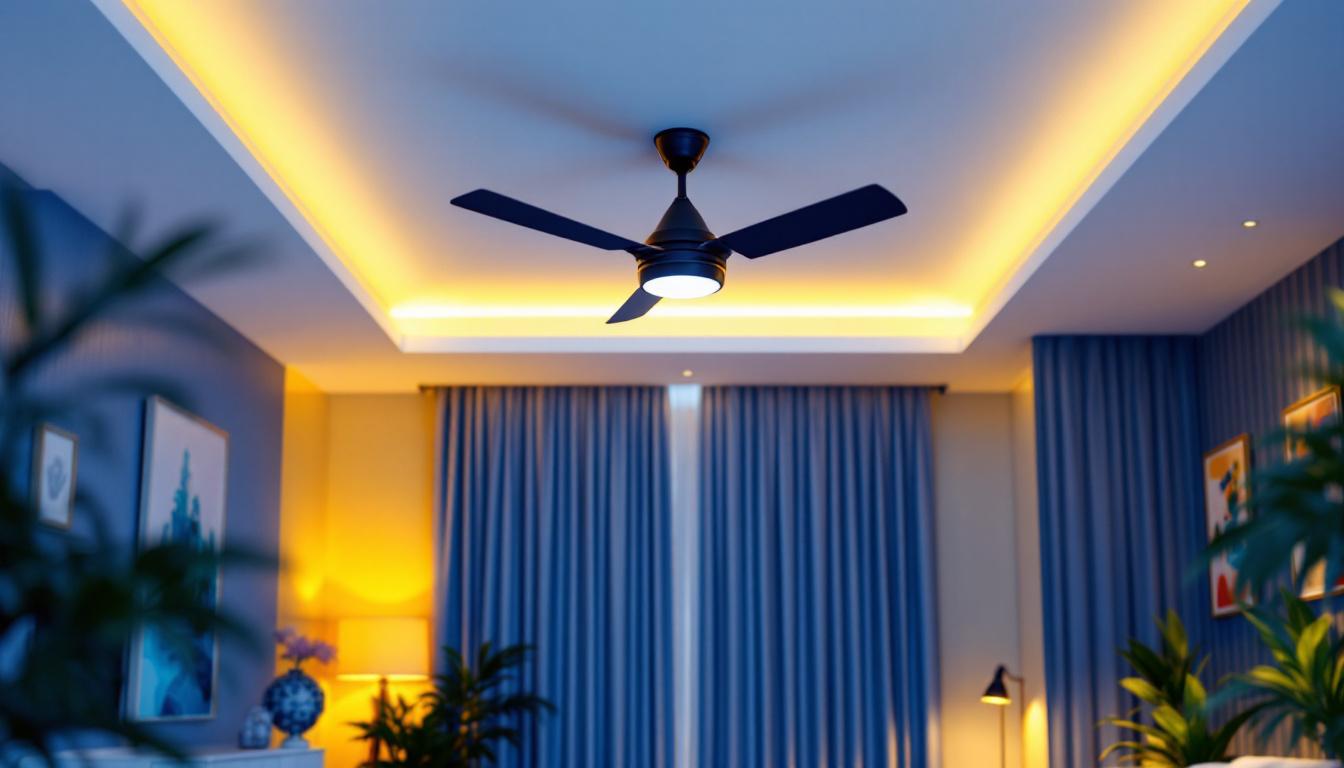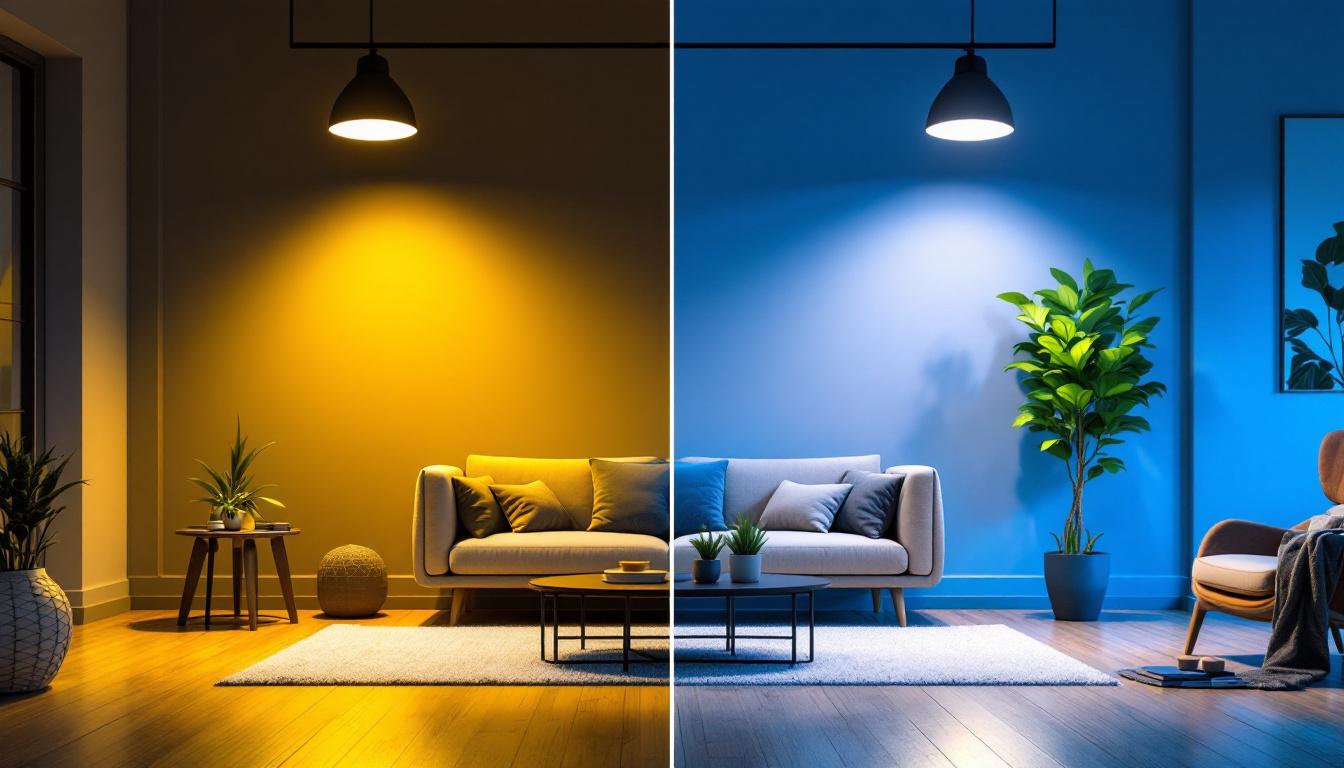
In the ever-evolving world of lighting design, contractors often encounter a plethora of questions related to various aspects of their craft. Among these, the concept of light balusters has gained significant attention. This article aims to address common inquiries that lighting contractors may have regarding light balusters, their applications, and best practices.
Light balusters serve as essential components in both residential and commercial lighting designs. They not only provide support for lighting fixtures but also enhance the aesthetic appeal of spaces. Understanding their function and design is crucial for contractors looking to deliver high-quality installations.
Light balusters are vertical posts or supports that are typically used in conjunction with railings or other structures to hold lighting fixtures. They can be made from various materials, including metal, wood, and plastic, and come in a range of styles to complement different design themes. These balusters are strategically placed to ensure that light is distributed evenly while also maintaining safety and stability. The choice of material can significantly influence the overall design; for instance, wrought iron balusters lend a classic, elegant touch, while sleek aluminum options can provide a modern, minimalist look.
The importance of light balusters extends beyond mere aesthetics. They play a vital role in the overall functionality of lighting systems. By providing necessary support, they help maintain the integrity of the lighting installation, ensuring that fixtures remain securely in place. Additionally, light balusters can enhance the visual appeal of a space, contributing to the overall ambiance and atmosphere. Furthermore, their placement can also affect the direction and intensity of light, allowing designers to create focal points or highlight specific areas within a room or outdoor setting. This versatility makes them an invaluable tool in both residential and commercial design projects.
Moreover, light balusters can also be integrated with smart lighting technologies, allowing for more dynamic and customizable lighting solutions. For example, some modern balusters come equipped with built-in LED lights or can be designed to accommodate smart bulbs, enabling users to control the brightness and color temperature from their smartphones or smart home systems. This integration not only enhances functionality but also provides an opportunity for creative expression, as designers can experiment with different lighting effects to create unique atmospheres that adapt to various occasions, from intimate gatherings to lively celebrations.
As lighting contractors delve deeper into the use of light balusters, several questions frequently arise. Addressing these questions can help contractors make informed decisions and improve their installations.
Choosing the right material for light balusters is crucial for both durability and design. Metal balusters, for instance, are known for their strength and modern appeal, making them suitable for contemporary spaces. On the other hand, wooden balusters offer a classic look that can warm up a room. Contractors should consider factors such as the overall design theme, environmental conditions, and maintenance requirements when selecting materials.
Proper installation of light balusters is essential to ensure safety and functionality. Contractors should follow manufacturer guidelines closely and ensure that all components are securely fastened. It is also important to consider the spacing between balusters, as this can affect both safety and light distribution. A general rule of thumb is to space balusters no more than four inches apart to prevent any safety hazards.
Yes, light balusters can be customized to fit specific design preferences and requirements. Many manufacturers offer a variety of styles, colors, and finishes to choose from. Additionally, contractors can work with designers to create bespoke balusters that align with the overall vision of a project. Customization not only enhances the aesthetic appeal but also allows for greater flexibility in design.
When incorporating light balusters into a lighting design, several key considerations should be taken into account. These factors can significantly influence the effectiveness and appeal of the final installation.
The optimal height for light balusters can vary depending on the specific application and the type of lighting being used. Generally, balusters should be installed at a height that allows for adequate light distribution while also ensuring safety. For instance, in staircases, balusters are typically set at a height of 36 to 42 inches. In other areas, such as decks or patios, the height may vary based on local building codes and design preferences.
Light balusters can significantly impact how light is distributed throughout a space. The spacing and design of balusters can create shadows or highlight certain areas, depending on their placement. Contractors should consider the direction of light and the intended ambiance when positioning balusters. Properly designed balusters can enhance the overall lighting effect, creating a more inviting atmosphere.
The variety of styles available for light balusters is vast, allowing contractors to find options that suit different design themes. From sleek and modern metal designs to ornate wooden balusters, there is a style for every project. Additionally, some balusters feature intricate patterns or decorative elements that can add a unique touch to the overall design. Understanding the available styles can help contractors make informed choices that align with their clients’ preferences.
While installing light balusters, contractors may encounter various challenges. Recognizing these potential issues and having solutions at hand can streamline the installation process and lead to better outcomes.
Common issues during the installation of light balusters can include misalignment, inadequate support, and difficulty in securing fixtures. Misalignment can lead to an uneven appearance, while inadequate support can compromise safety. Contractors should take the time to measure and plan the installation carefully to mitigate these issues. Using a level during installation can help ensure that balusters are aligned correctly.
Safety should always be a top priority when installing light balusters. Contractors should wear appropriate personal protective equipment (PPE) and ensure that the work area is clear of hazards. Additionally, it is important to follow local building codes and regulations to guarantee that installations meet safety standards. Regular inspections of the installation can also help identify any potential safety concerns before they become problematic.
Having the right tools on hand can make the installation of light balusters more efficient and effective. Essential tools may include a drill, level, measuring tape, and various fasteners. Depending on the material of the balusters, specialized tools may also be required. Contractors should familiarize themselves with the necessary tools and ensure they are in good working condition before beginning any installation project.
Once light balusters are installed, ongoing maintenance is essential to ensure their longevity and continued functionality. Understanding maintenance best practices can help contractors provide better service to their clients.
Maintenance requirements can vary significantly based on the material of the balusters. For instance, wooden balusters may require periodic staining or sealing to protect against moisture and decay. Metal balusters, on the other hand, may need regular cleaning to prevent rust and corrosion. Contractors should educate their clients on the specific maintenance needs of their chosen baluster materials to ensure optimal performance over time.
Extending the lifespan of light balusters involves a combination of proper installation and regular maintenance. Ensuring that balusters are installed correctly and securely will reduce the risk of damage over time. Additionally, periodic inspections can help identify any wear or damage early, allowing for timely repairs. Educating clients about the importance of maintenance can also encourage them to take proactive measures to protect their investment.
The lighting industry is constantly evolving, and light baluster design is no exception. Staying informed about future trends can help contractors remain competitive and offer innovative solutions to their clients.
Emerging technologies are influencing the design and functionality of light balusters. For example, smart lighting systems are becoming increasingly popular, allowing for greater control over lighting effects. Some balusters are now being designed to integrate with these smart systems, providing both aesthetic appeal and advanced functionality. Contractors should keep an eye on these innovations to offer cutting-edge solutions to their clients.
Sustainability is becoming a significant consideration in all areas of design, including light balusters. Many manufacturers are now focusing on eco-friendly materials and production processes. Contractors can enhance their offerings by selecting sustainable options that appeal to environmentally-conscious clients. This trend not only benefits the planet but can also improve the overall marketability of a contractor’s services.
Aesthetic trends in light baluster design are shifting towards minimalism and personalization. Clean lines and simple forms are gaining popularity, appealing to modern sensibilities. At the same time, there is a growing demand for unique, customized designs that reflect individual tastes. Contractors should be prepared to adapt to these trends, offering a range of options that cater to diverse client preferences.
Light balusters play a vital role in the overall success of lighting installations, providing both support and aesthetic value. By addressing common questions and concerns, lighting contractors can enhance their understanding of light balusters and improve their installation practices. Staying informed about design considerations, installation challenges, maintenance, and emerging trends will empower contractors to deliver exceptional results for their clients. In a competitive industry, knowledge and adaptability are key to thriving and meeting the evolving needs of the market.
Ready to elevate your lighting installations with the finest light balusters and fixtures? Look no further than LumenWholesale, where we provide contractors with exceptional, spec-grade lighting products at unparalleled wholesale prices. Our commitment to quality and affordability ensures that you can bring your design visions to life without compromising on performance or cost. With free shipping on bulk orders, LumenWholesale is your go-to source for premium lighting solutions that blend seamlessly into your projects. Discover the perfect mix of durability, style, and value. Visit LumenWholesale today and experience Wholesale Lighting at the Best Value for all your lighting needs.

Discover the ins and outs of commercial solar powered lights tailored for lighting contractors.

Discover the essential insights lighting contractors need to meet client expectations when installing ceiling fan lights.

Explore the crucial differences between 4-inch and 6-inch can lights and discover why choosing the right size is essential for lighting contractors.

Discover the essential considerations for lighting contractors when selecting electrical box cover plates.